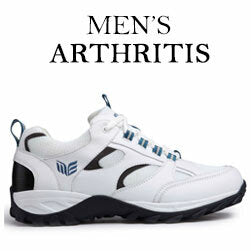DIY-HP-LED
Well-Known Member
I started some lifestyle changes about a month ago, stopped smoking cannabis and intensified my meditation practice. I also improved and I'm continuing to improve my diet and I'm keeping a food and activity journal, on the left are fitness activities and on the right page I write down what I eat and the calorie count. I've found in the past keeping such a journal is a great motivator and helps to keep the calorie count in the desired range. Right now that range is below 2000 calories a day as I shed some extra pandemic pounds. The next pandemic effect I'm dealing with is to get my ass in motion and try and build up some cardio fitness. I've got a Timex Ironman heart rate monitor, but I'm not happy with its accuracy. I just ordered a reasonably priced smart watch that has good reviews from Amazon, I ordered two cheap pieces of crap from China before that are useless.
The plan is to do more physical activity and to use HIIT (see below in the posts) training to build up cardio fitness. I'm not looking for a Godbod or to run a marathon, just more energy, endurance and improved health. I got the jab of Pfizer about 5 days ago and checked out by my doctor, so I'm ready to shake the pandemic effect off and crawl out of my shell for spring! In Canada I won't be getting the second Pfizer shot until August, so it's 80% protection and masks for awhile. I don't expect to get covid and if I do, a mild or asymptomatic case at worst.
Right now my resting HR is 75 BPM and my max HR @66 year old is 146 BPM. My HIIT max out HR is in the 142 to 146 BPM range 85% to 90% of may max HR. The preferred instrument of torture is a stationary exercise bike and I gust got a nice regular one to peddle my ass around town. I plan on doing some walking but I've got arthritic right foot issues and post walk it can hurt like Hell, suck it up.
The plan is to do more physical activity and to use HIIT (see below in the posts) training to build up cardio fitness. I'm not looking for a Godbod or to run a marathon, just more energy, endurance and improved health. I got the jab of Pfizer about 5 days ago and checked out by my doctor, so I'm ready to shake the pandemic effect off and crawl out of my shell for spring! In Canada I won't be getting the second Pfizer shot until August, so it's 80% protection and masks for awhile. I don't expect to get covid and if I do, a mild or asymptomatic case at worst.
Right now my resting HR is 75 BPM and my max HR @66 year old is 146 BPM. My HIIT max out HR is in the 142 to 146 BPM range 85% to 90% of may max HR. The preferred instrument of torture is a stationary exercise bike and I gust got a nice regular one to peddle my ass around town. I plan on doing some walking but I've got arthritic right foot issues and post walk it can hurt like Hell, suck it up.


